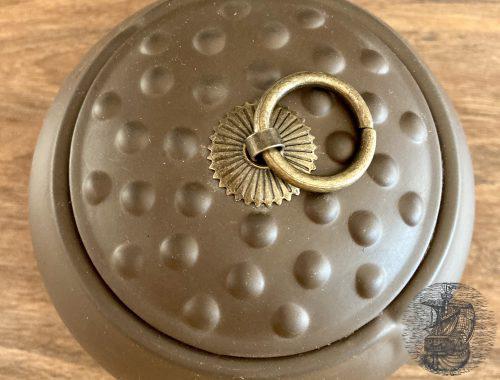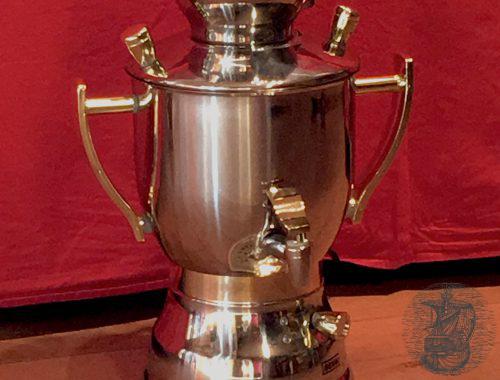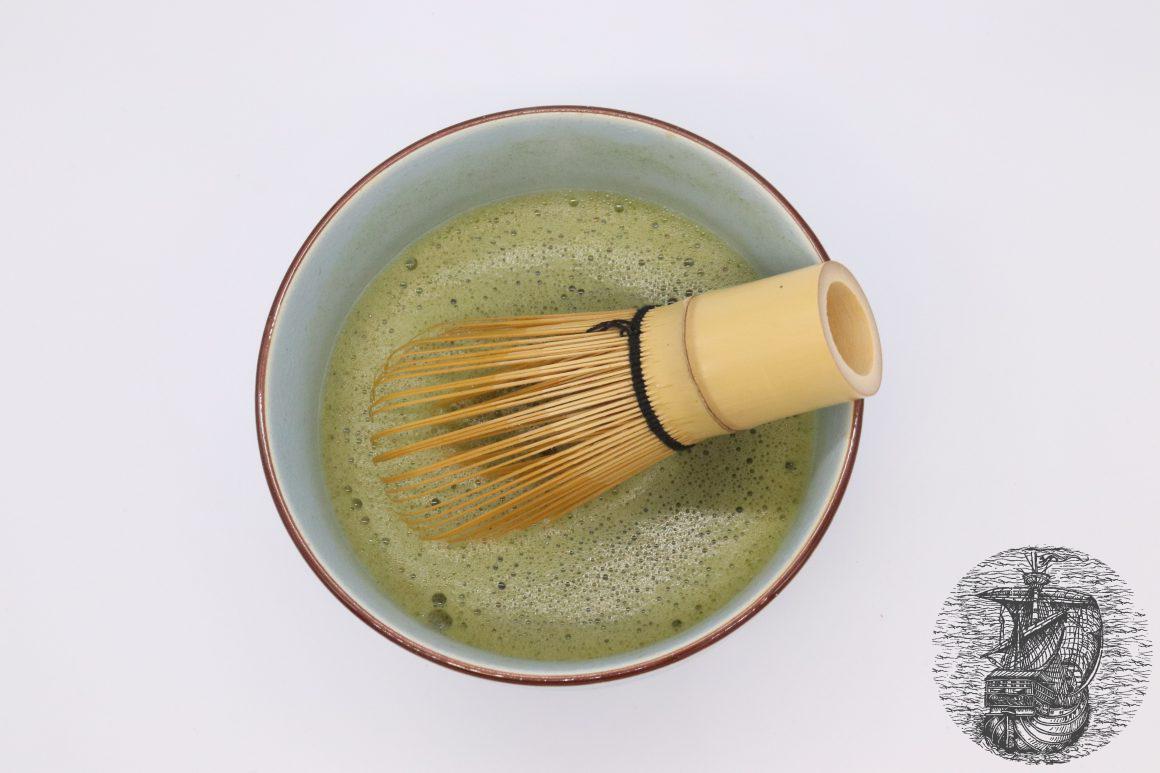
Green tea and how it is drunk in Japan
Green tea is also important in Japan
In Japan, nearly only green tea is produced and consumed. Other tea varieties are far less known and popular. But there are many different types of green tea.
In order to obtain a green tea, the oxidation process is interrupted. In Japan, this is done with the help of steam, i.e. with moist heat. This type of processing produces fresh green tea leaves and a yellow to light green infusion. Japanese green teas have a fresh, somewhat “grassy” taste. Japanese green tea is always drunk without milk, but a little lemon juice or sugar can be added to taste.
A Japanese speciality is Genmaicha which contains toasted and puffed rice (like Pop-corn but made with rice) that is drunk during the meal.
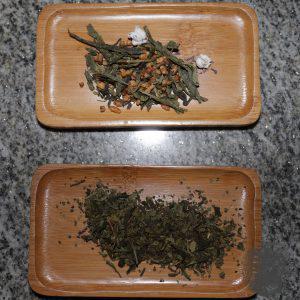
Bottom: Sencha
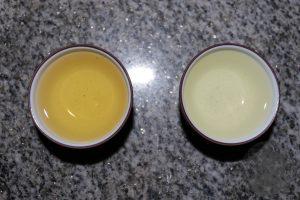
Right: Japanese green tea
There are many different qualities of green tea in Japan
The cheaper, simpler teas are often harvested with a cutting machine. Only the very high-quality teas, such as Gyokuro, some varieties of Matcha or Sencha first flush are hand-picked.
Again and again, I am asked whether Bancha contains tein. Bancha is a green tea and like all other green teas contains tein. Only a little less than others.
A speciality among the green teas are the shade or half shade teas
This means that the bushes are covered with straw mats or nets a few weeks before the harvest. (in Japanese: Kabuse). The plants produce more chlorophyll and caffeine, but only a few bitter substances. Matured in this way, one obtains a soft tea that is low in bitter substances. These are very valuable and expensive teas. High-quality Matcha tea is made from shade tea.
Japanese tea ceremony
The Japanese tea ceremony is not only a ceremony to enjoy a good cup of tea, but also reflects the understanding of hospitality and tradition. The ritual is set down to the smallest detail but can vary according to the time of day or season. It’s always made with powdered tea.
The ceremony also includes the arrival of the guest, who must prepare himself in the best possible way.
Traditionally the tea ceremony takes place in a tea house covered with tatami mats.
The tea master needs very specific accessories to prepare the tea:
– Tea bowl (Chawan)
– Teabox (Cha-ire) for strong tea (Koi-cha)
– Teabox (Natsume) for light tea (Usu-cha)
– Container for freshwater (Mizusashi)
– Cast iron teapot (Kama)
– Bamboo ladle (Chashaku)
– Bamboo broom (Chasen)
– Silk scarf (Fukusa), which the master of ceremonies wears on his Obi (belt on the kimono)

A tea ceremony can last for several hours
He then prepares the tea and passes the tea bowl from guest to guest.
Each step of the tea preparation has a specific sequence and everything looks very harmonious.
If you would like to drink Matcha tea at home yourself, I recommend you to prepare it as follows
Preheat the tea bowl with hot water. Then put 4-6 g of tea into the tea bowl and pour 300 ml of 70-80°C hot water over it. Now beat everything with the bamboo whisk until it is nice and frothy,
This tea is very strong and stimulating, so better not drink it in the evening ?


